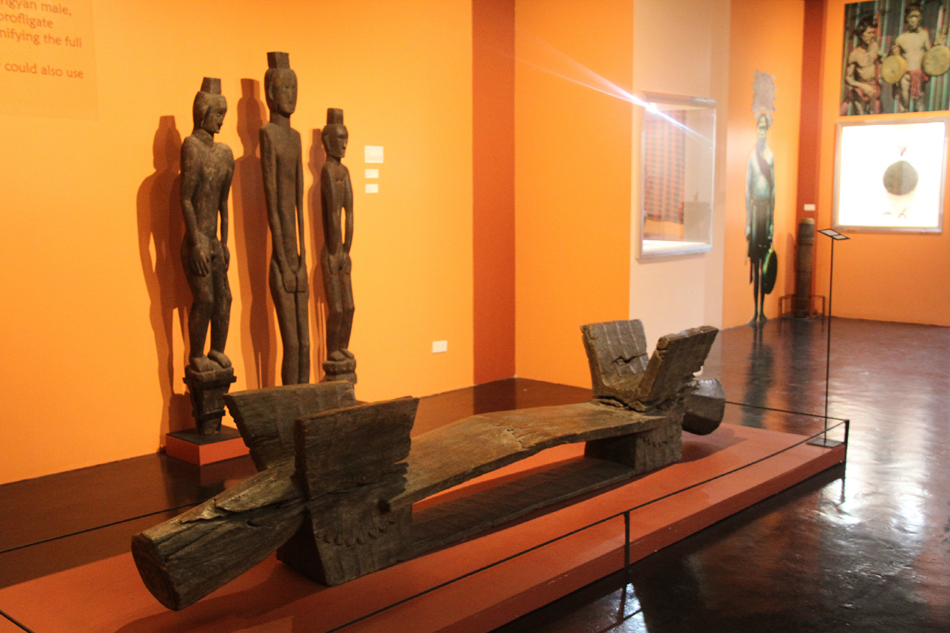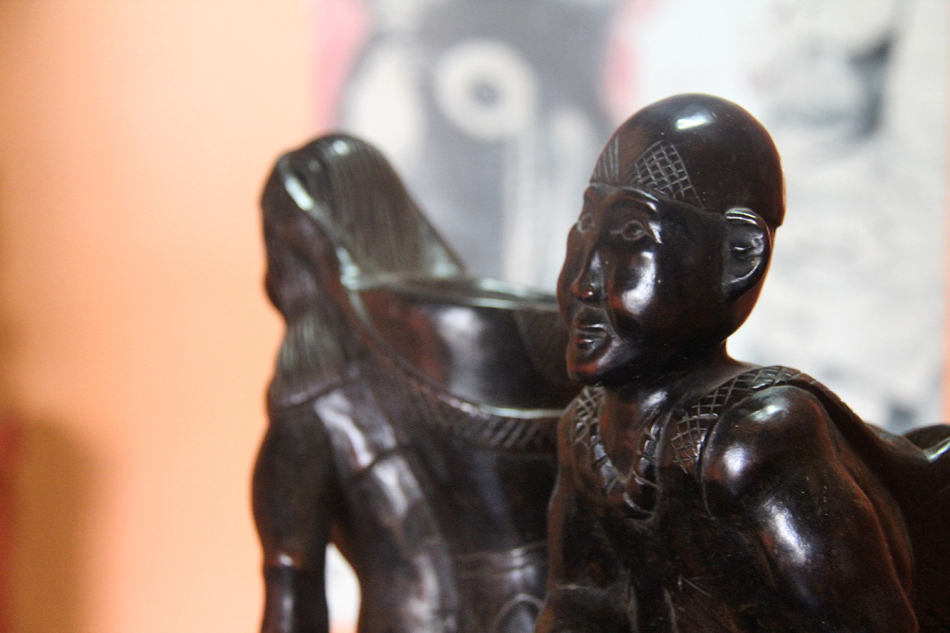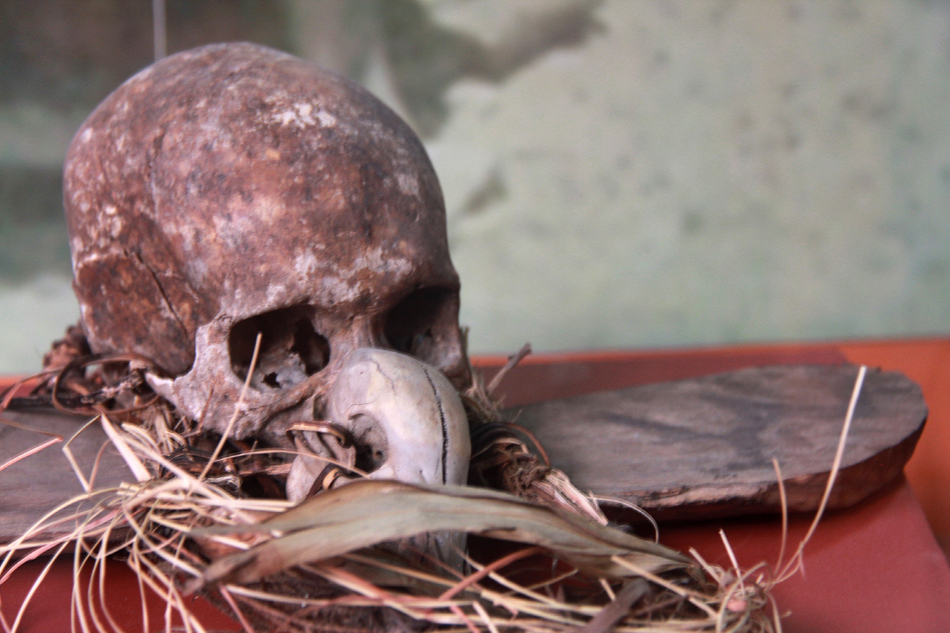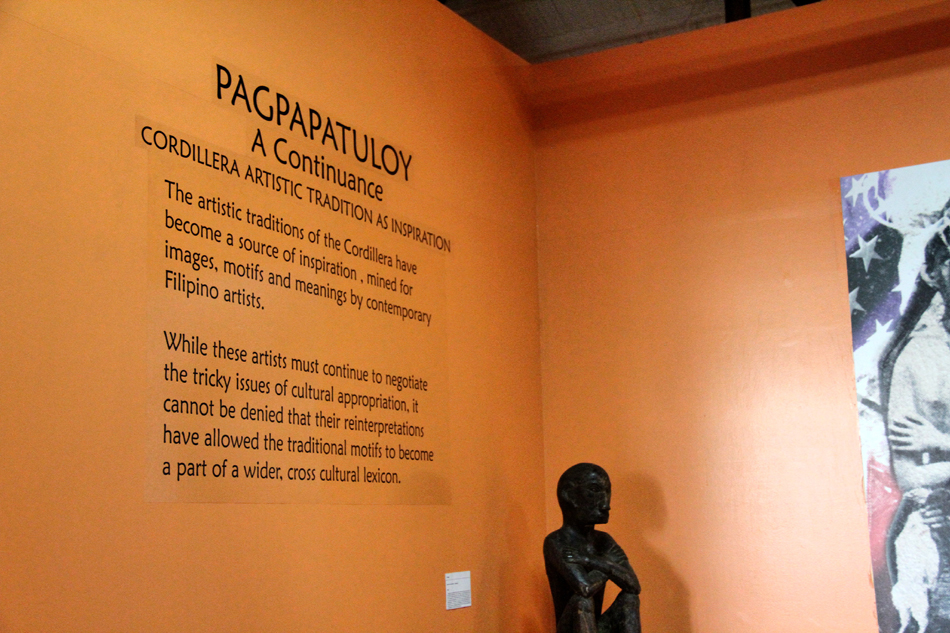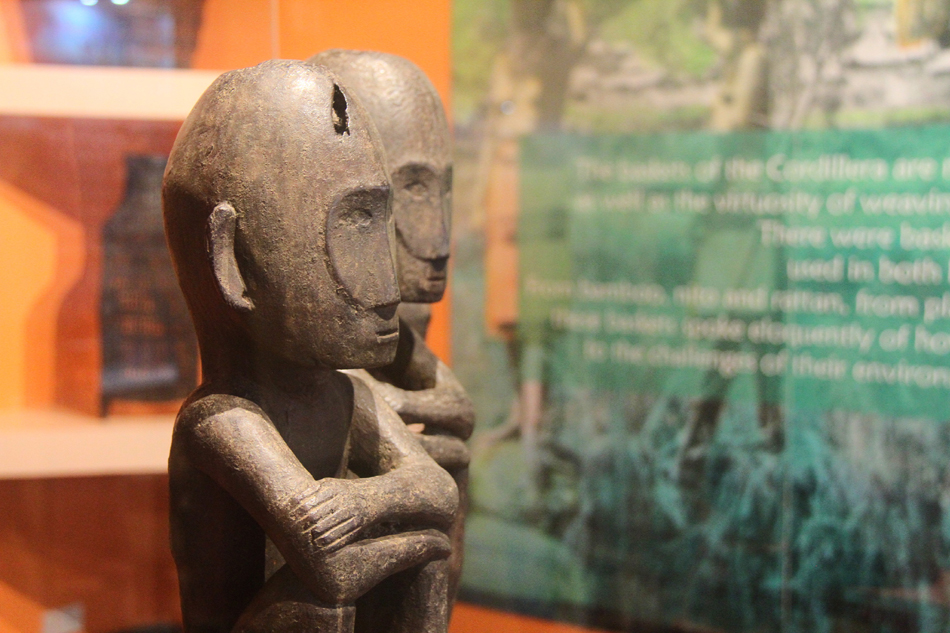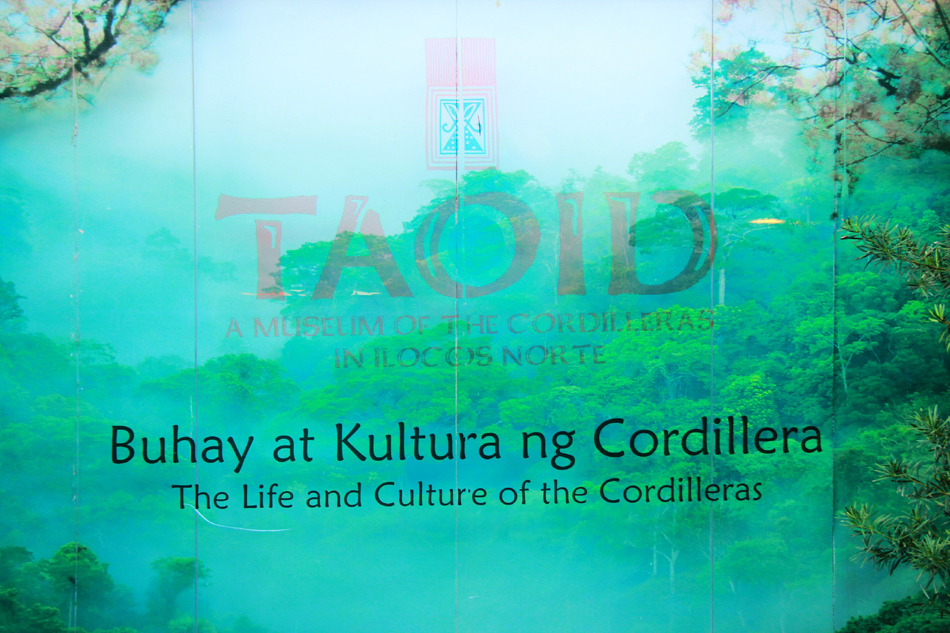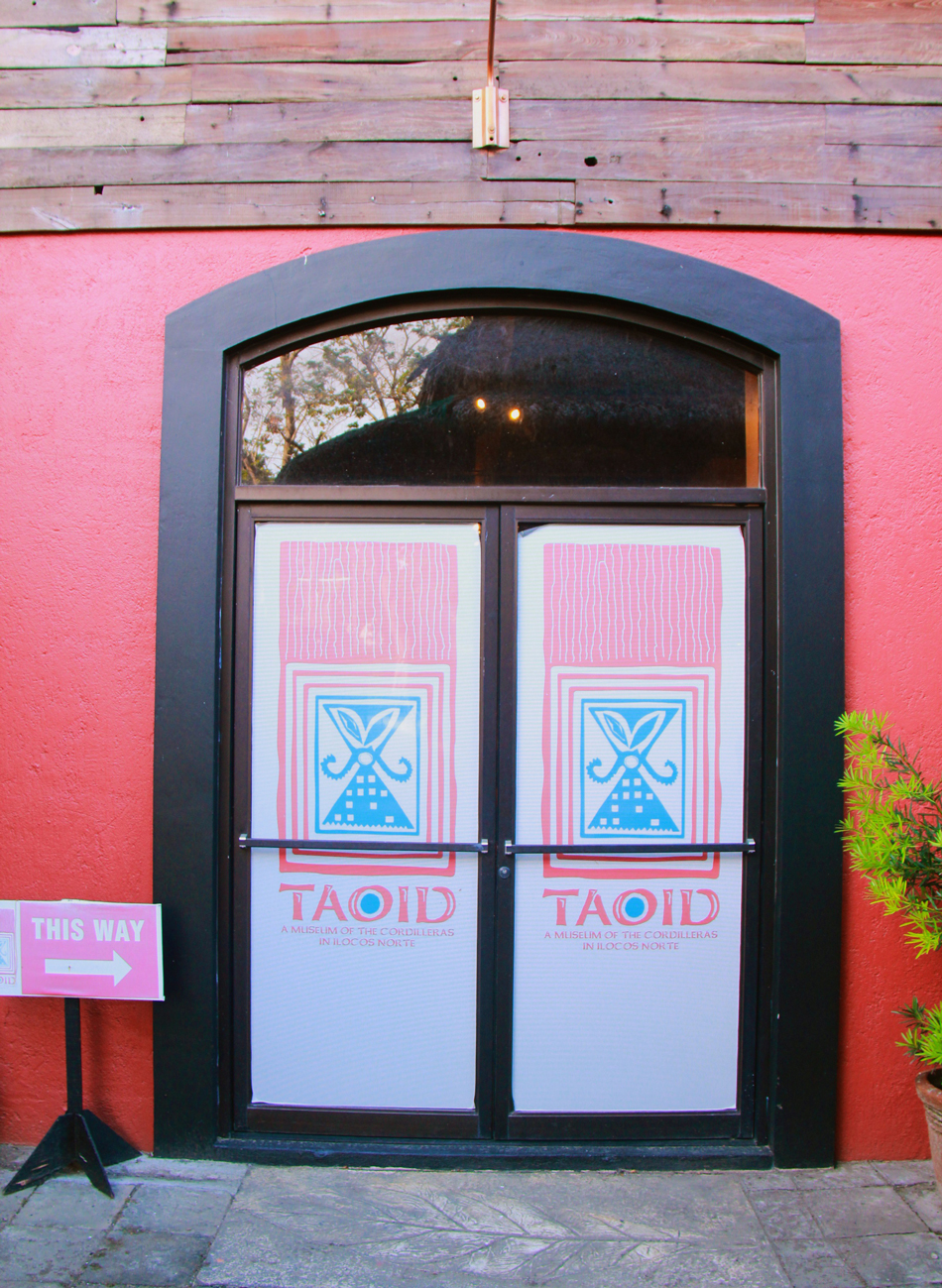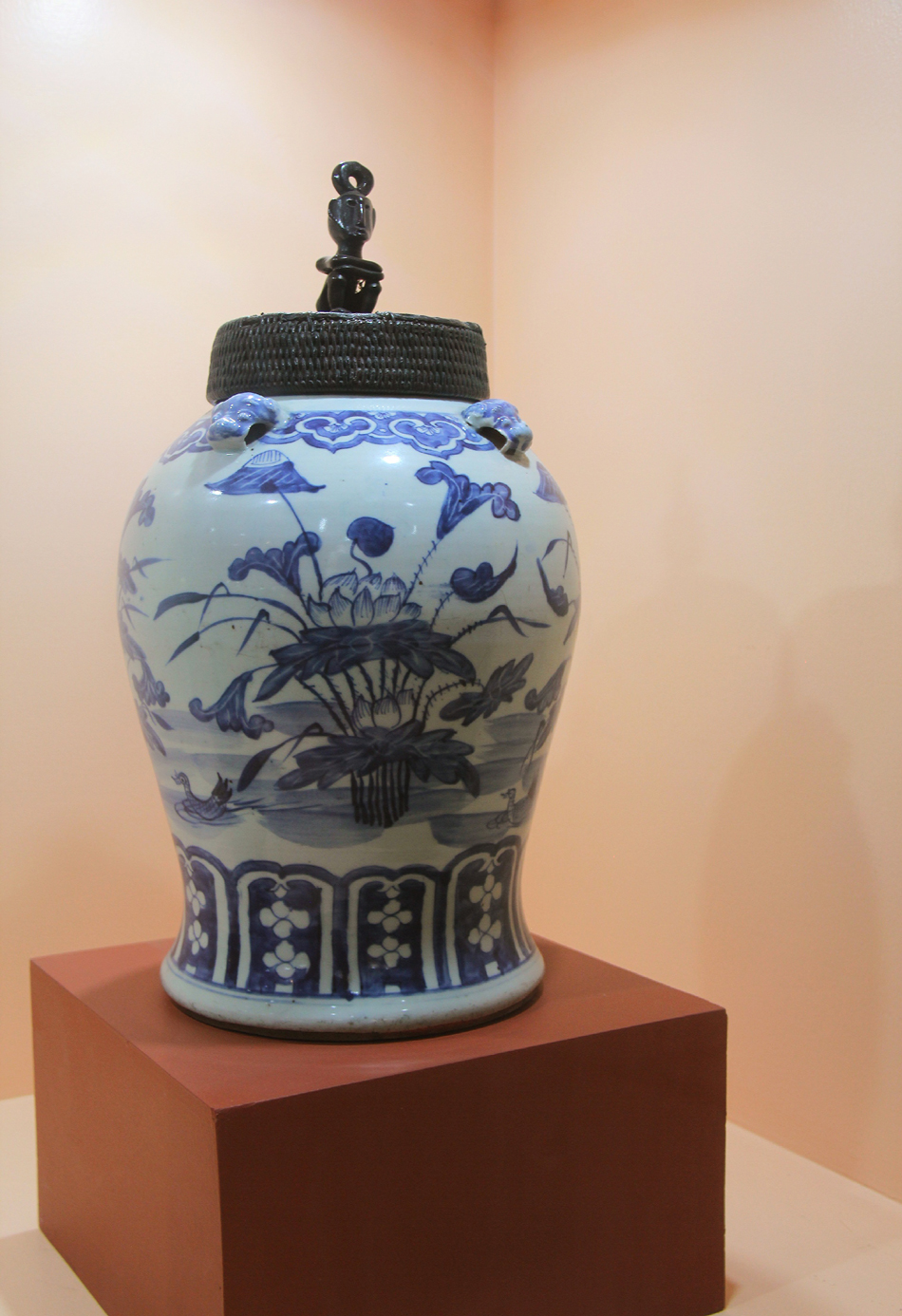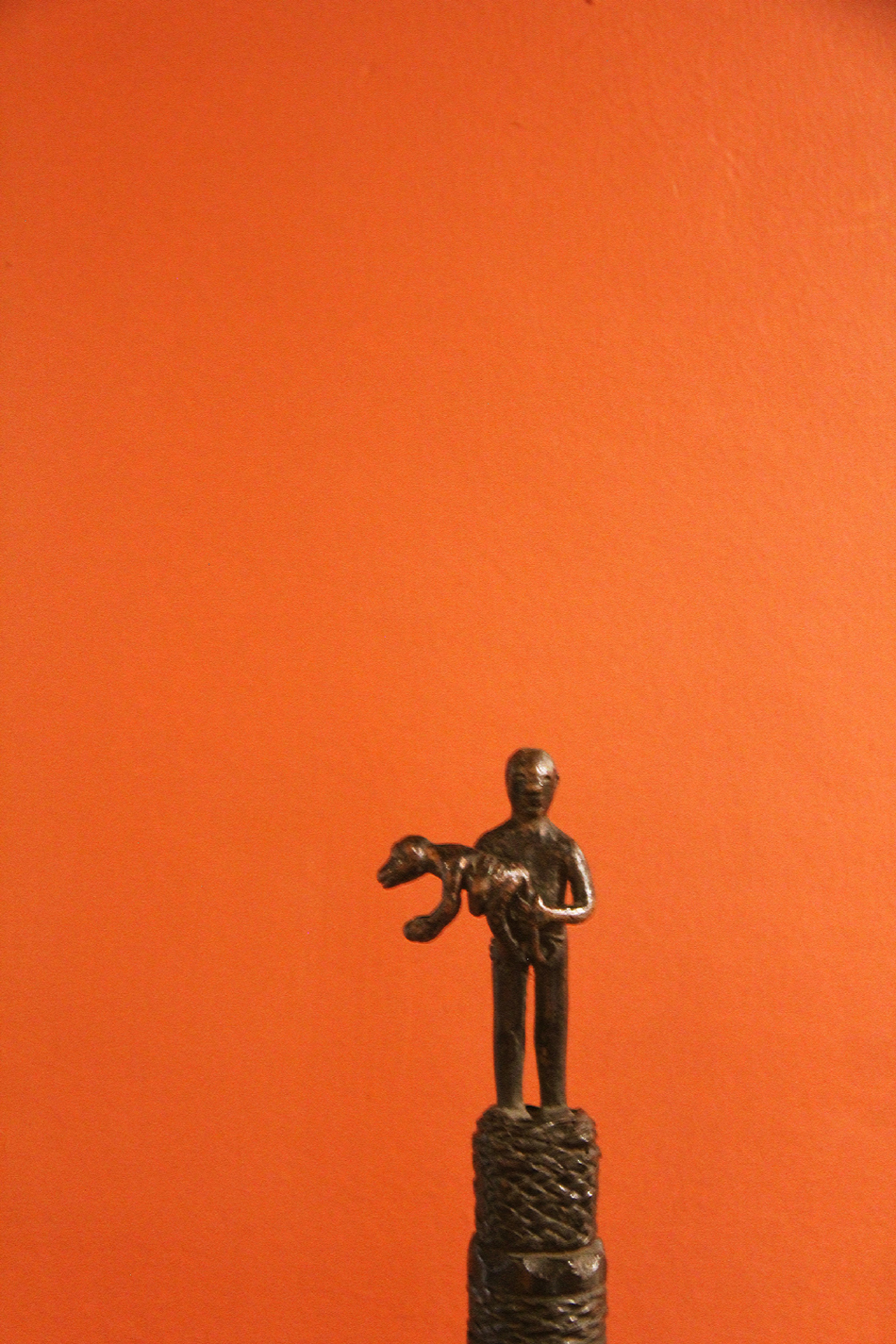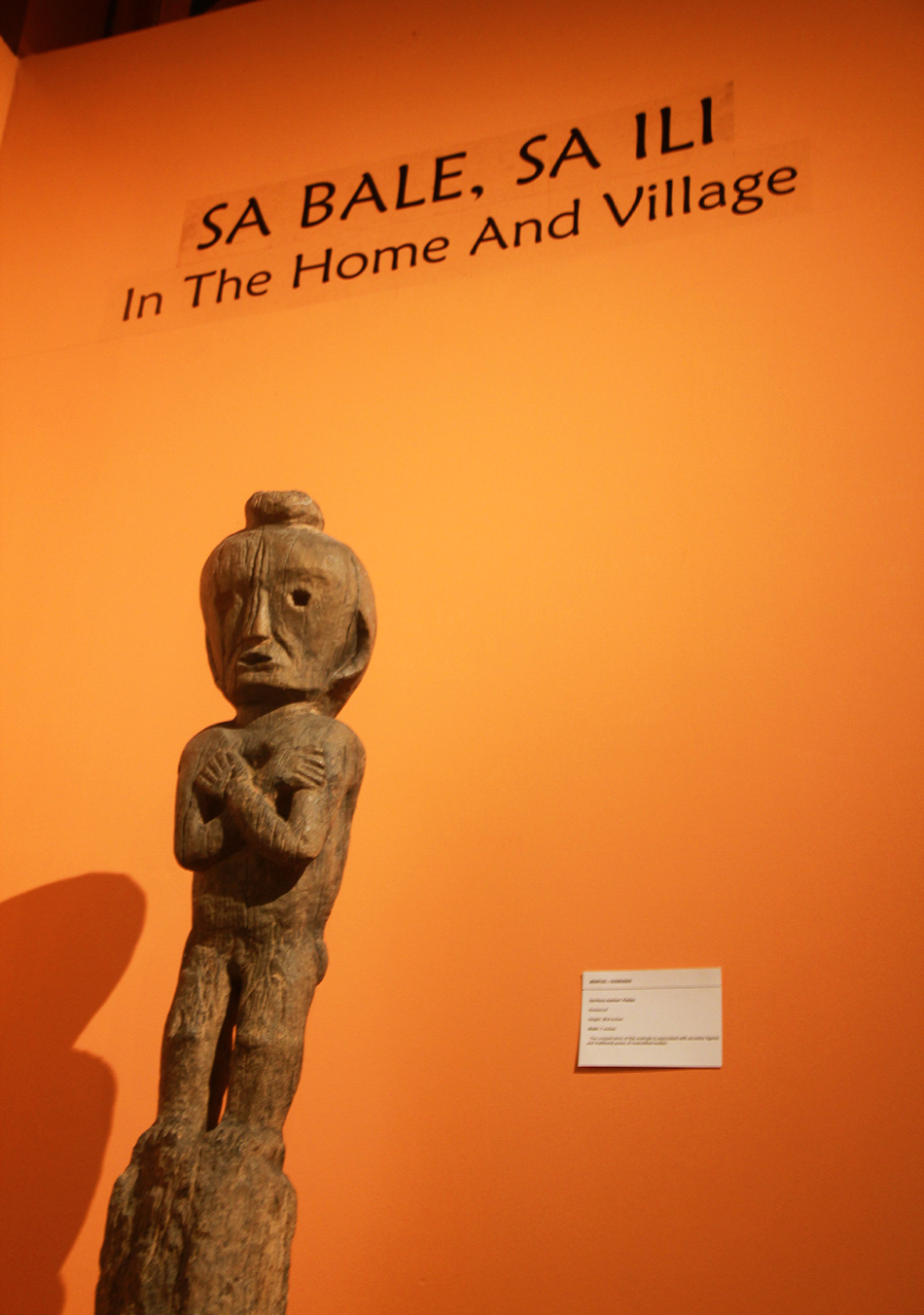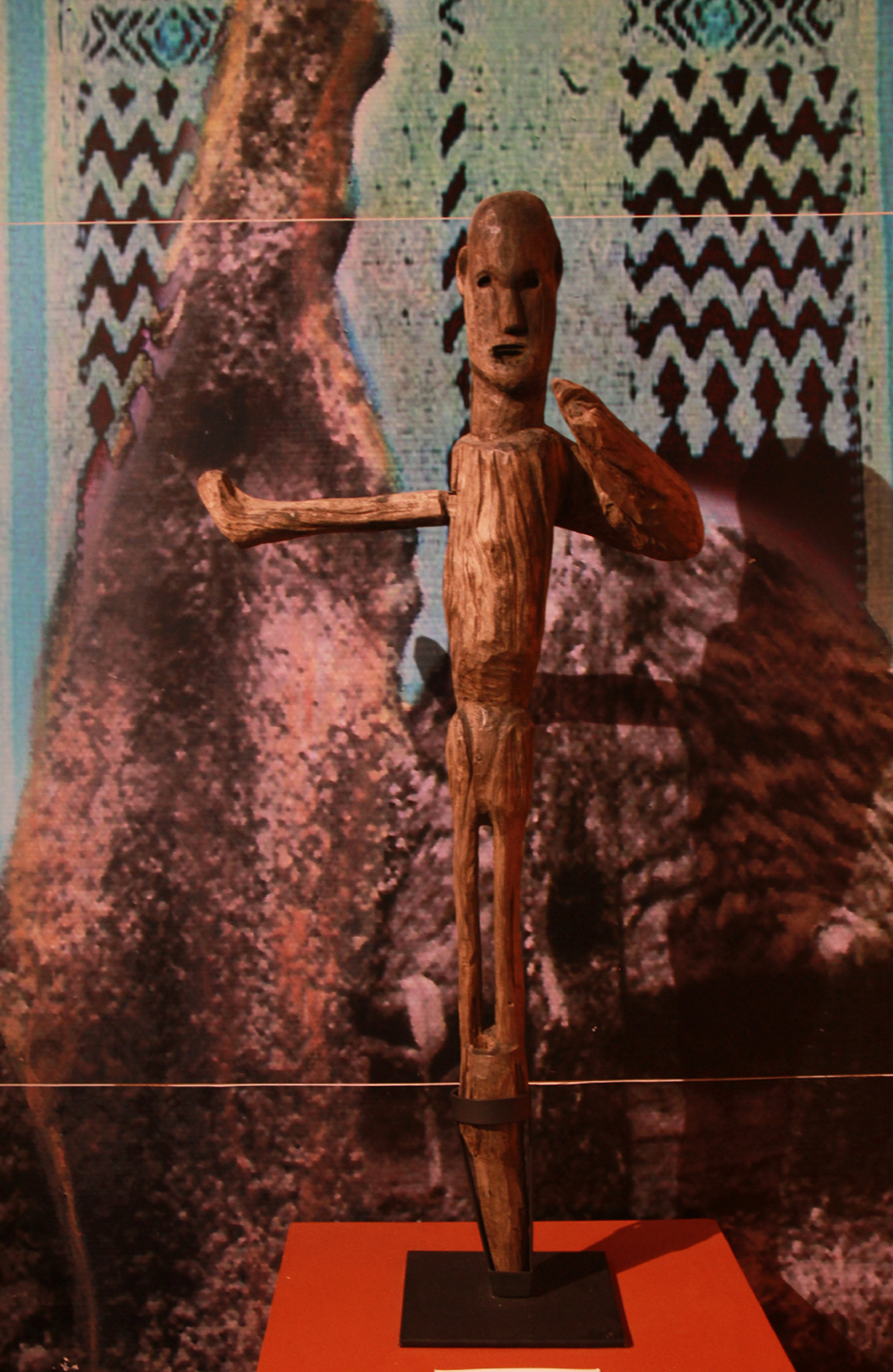Museum on Cordilleran culture opens in Ilocos Norte | ABS-CBN

Welcome, Kapamilya! We use cookies to improve your browsing experience. Continuing to use this site means you agree to our use of cookies. Tell me more!
Museum on Cordilleran culture opens in Ilocos Norte
Museum on Cordilleran culture opens in Ilocos Norte
Denis Agcaoili,
ABS-CBN News
Published Dec 08, 2016 06:31 AM PHT
|
Updated Dec 08, 2016 06:34 AM PHT
ILOCOS NORTE- Being geographical neighbors, Ilocos Norte and the Cordilleras have established a strong connection that exists up to this day.
ILOCOS NORTE- Being geographical neighbors, Ilocos Norte and the Cordilleras have established a strong connection that exists up to this day.
This connection is even strengthened by the continuous presence of descendants of the Cordilleran tribes in Ilocos Norte, residing in the upland municipalities of Adams, Dumalneg, Carasi and Nueva Era. Their existence has impacted the culture and way of life of Ilocanos.
This connection is even strengthened by the continuous presence of descendants of the Cordilleran tribes in Ilocos Norte, residing in the upland municipalities of Adams, Dumalneg, Carasi and Nueva Era. Their existence has impacted the culture and way of life of Ilocanos.
Indeed, there is a link which the Cordillerans that Ilocanos cannot live without.
Indeed, there is a link which the Cordillerans that Ilocanos cannot live without.
Those who want to have a deeper understanding of the Cordilleran culture and their way of life can visit the "Taoid" Museum in La Tabacalera Lifestyle Center in Laoag City.
Those who want to have a deeper understanding of the Cordilleran culture and their way of life can visit the "Taoid" Museum in La Tabacalera Lifestyle Center in Laoag City.
ADVERTISEMENT
"Taoid" is an Iluko word meaning shared heritage. The museum is divided into seven sections which feature various important aspects in the culture and lifestyle of the Cordillerans.
"Taoid" is an Iluko word meaning shared heritage. The museum is divided into seven sections which feature various important aspects in the culture and lifestyle of the Cordillerans.
The "Sa Bale sa Ili" section showcases artifacts such as wooden utensils and carved figures that are usually displayed in Cordilleran homes.
The "Sa Bale sa Ili" section showcases artifacts such as wooden utensils and carved figures that are usually displayed in Cordilleran homes.
The importance of agriculture to the Cordillerans, especially their struggle to own rice paddies and rice fields in the highlands in the past, was showcased in the "Sa Payo" section.
The importance of agriculture to the Cordillerans, especially their struggle to own rice paddies and rice fields in the highlands in the past, was showcased in the "Sa Payo" section.
"Mga Sagisag ng Pagkakababae at Pagkalalake" and "Pamununo at Karangyaan" sections display different symbolisms of masculinity and femininity and leadership and wealth, respectively.
"Mga Sagisag ng Pagkakababae at Pagkalalake" and "Pamununo at Karangyaan" sections display different symbolisms of masculinity and femininity and leadership and wealth, respectively.
Walking through "Dahas at Pag-ganti," visitors will have an understanding of the head-hunting tradition in the Cordilleras. Human skulls are also displayed in this section of the museum.
Walking through "Dahas at Pag-ganti," visitors will have an understanding of the head-hunting tradition in the Cordilleras. Human skulls are also displayed in this section of the museum.
ADVERTISEMENT
The "Pagtawag at Pag-sanib sa Ninuno" section is a tribute to the Tinguian tribe. Among those featured here are the traditional way of paying respect to their deceased love ones and different rituals they do to call on the spirits of their dead ancestors. A depiction of the "Wake of Malakay" is also featured in this section.
The "Pagtawag at Pag-sanib sa Ninuno" section is a tribute to the Tinguian tribe. Among those featured here are the traditional way of paying respect to their deceased love ones and different rituals they do to call on the spirits of their dead ancestors. A depiction of the "Wake of Malakay" is also featured in this section.
The final section, called "Pagpapatuloy," is dedicated to the contemporary arts that are inspired by the Cordilleran culture and lifestyle.
The final section, called "Pagpapatuloy," is dedicated to the contemporary arts that are inspired by the Cordilleran culture and lifestyle.
The two-storey museum was conceptualized and curated by renowned director Floy Quintos and designed by theater director Ohm David.
The two-storey museum was conceptualized and curated by renowned director Floy Quintos and designed by theater director Ohm David.
Visitors are allowed to touch and inspect some artifacts, making their experience inside the museum more interactive.
Visitors are allowed to touch and inspect some artifacts, making their experience inside the museum more interactive.
According to museum manager Marie Stella Gaspar, another purpose of the museum is to send a message that tradition never stops.
According to museum manager Marie Stella Gaspar, another purpose of the museum is to send a message that tradition never stops.
ADVERTISEMENT
"We are giving our guest an endnote that the tradition never stops. Dito sa museum natin, pinapakita natin na andito pa, buhay na buhay pa ang kultura at ang lifestyle ng mga Cordilleran. This shows that Ilocanos are very interactive when it comes to their past. So tayo ay link sa ating past," Gaspar said.
"We are giving our guest an endnote that the tradition never stops. Dito sa museum natin, pinapakita natin na andito pa, buhay na buhay pa ang kultura at ang lifestyle ng mga Cordilleran. This shows that Ilocanos are very interactive when it comes to their past. So tayo ay link sa ating past," Gaspar said.
ADVERTISEMENT
ADVERTISEMENT


